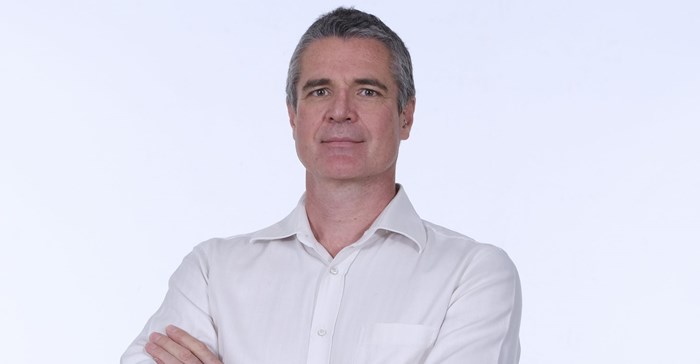Commercial real estate has faced significant challenges recently with property values plummeting, largely attributed to mass vacancies and the oversupply of new developments.

Source: Supplied. Roger Hislop, energy management systems executive at CBI: energy.
The struggle to attract and retain tenants, coupled with the rising costs of energy consumption, has posed a serious threat to property owners and managers. Almost without exception, the listed property groups have lost at least 50%, and often as much as 75%, of their value in the last three or four years, if one considers market capitalisation trends.
With this in mind, Roger Hislop, energy management systems executive at CBI: energy - says that with the looming threat of climate change, particularly an El Niño Effect bigger than ever seen before, it is now imperative for commercial real estate management-businesses to find sustainable solutions that benefit both property owners and tenants.
“As we approach the summer season, the challenge of cooling commercial properties becomes even more pressing. However, building owners and managers are struggling to do this while keeping costs in check and scrambling to mitigate the impacts of load shedding.”
As we start to get hotter summers with unpredictable heatwaves, South African property owners will face a double whammy: more energy demands used for cooling during the day when relentless load-shedding constraints apply. Small-scale embedded solar generation will not be able to cope, requiring extensive generator usage – even as diesel prices continue to spiral.
Landlords and property managers will therefore need to effectively address recovering the cost of diesel generation from tenants, but not push them over the line on affordability where they may move and downsize.
Energy efficiency challenges in SA buildings
He points out that retrofitting existing buildings to improve thermal efficiency is costly and often impractical. “Consequently, building owners will need to find innovative ways to reduce energy consumption.
“Traditionally, many South African buildings have not been designed with energy efficiency in mind, leading to soaring energy expenses,” explains Hislop. “Most buildings lack modern heating and cooling technologies, relying heavily instead on energy-intensive systems. Even where a building may have fairly efficient technology, cooling large amounts of air requires massive amounts of power. That’s simple physics.”
One effective approach is to retrofit load-management devices to make air-conditioning systems more energy efficient, while also being able to withstand challenges brought on by load shedding.
“Existing air-conditioning systems typically do not handle load shedding well, with damage to equipment through unmanaged, hard start-ups and shut-downs. HVAC management systems out there often cater for well-managed, planned start-ups, but not sudden power restoration.
“Installing smart systems to measure, manage, and control suddenly spiking loads and excess consumption can solve this problem by ensuring staggered start-ups. Using load-shedding schedule data, they can signal the HVAC control system to shut down in good time and in an orderly fashion. Modern inverter-based ACs don’t like hard shutdowns, and older ACs don’t like hard start-ups.”
Intelligent controls for air-conditioning systems
Hislop explains that upgrading air-conditioning systems using intelligent controls will allow for managed shutdown and restart sequences, the optimisation of energy consumption and improved system reliability.
“This integration between load-management systems and modern air-conditioning units promises to make commercial buildings smarter and more efficient, at a nominal cost.
“Additionally, the potential for significant energy savings is substantial,” he points out. “As energy demand for space cooling has increased more than twice as fast as overall building energy demand, finding solutions to make these systems more efficient is crucial for both cost cutting and environmental sustainability.
“By incorporating load-management and retrofitting strategies, building owners and property managers can reduce energy expenses, minimise maintenance costs, and improve tenant satisfaction,” shares Hislop.
“There is an industry-wide need for collaboration and innovation to tackle the energy challenges faced by the commercial real estate sector. By adopting intelligent load-management systems and embracing energy-efficient solutions, building owners and property managers can achieve a win-win scenario of lower energy costs, happier tenants, better cost recovery, and increased property values,” he concludes.

























